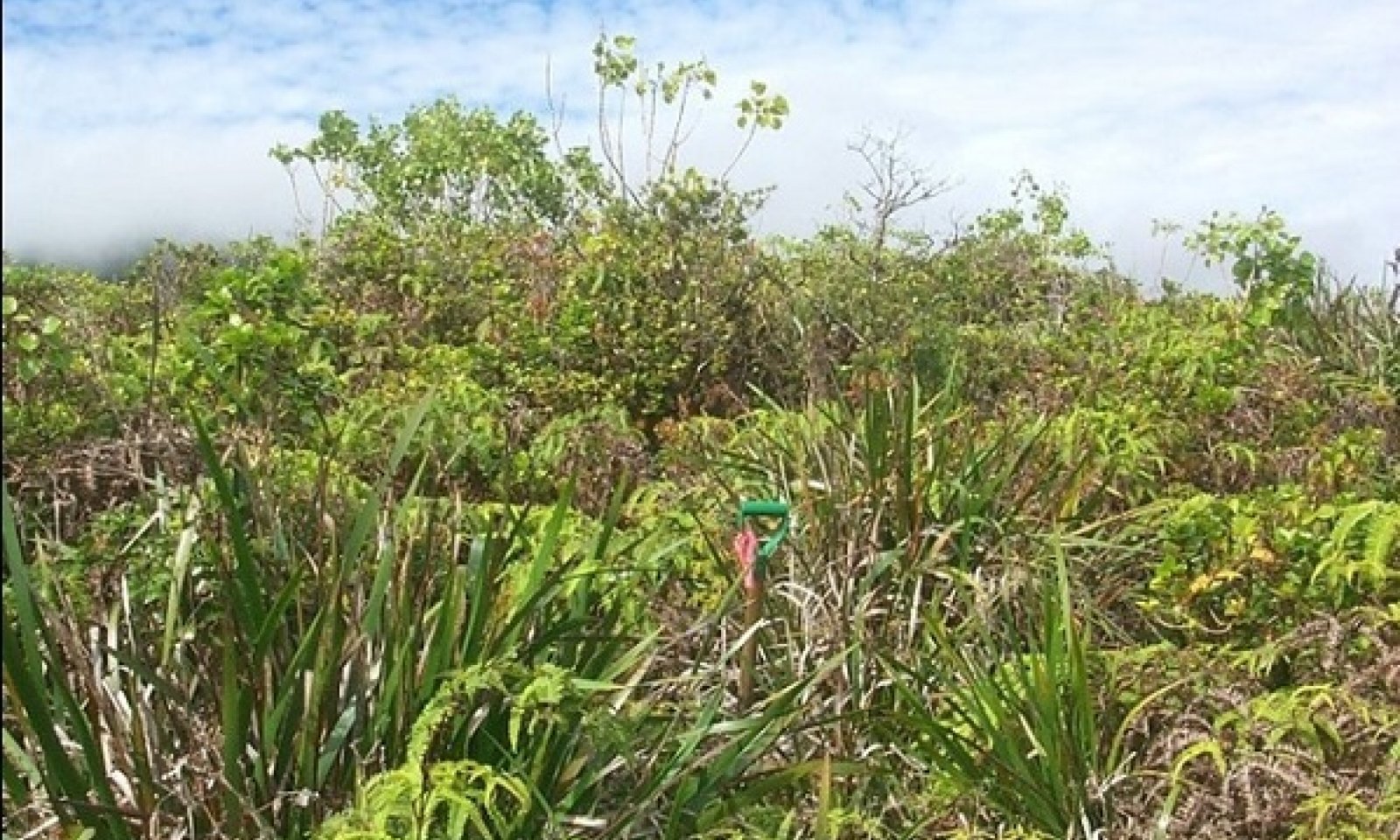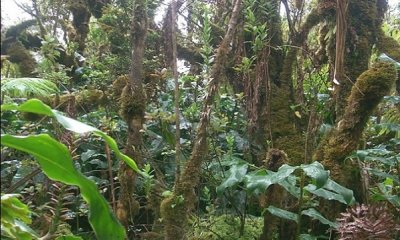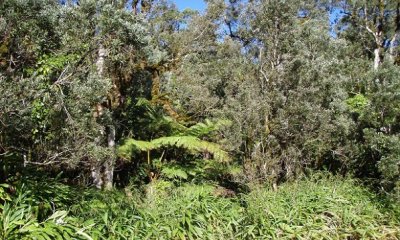
Sphagnum Peat Dwarf Forest
Scenario model
Current ecosystem state
Select a state
Management practices/drivers
Select a transition or restoration pathway
- Transition T1A More details
- Restoration pathway R2A More details
- Transition T2A More details
-
No transition or restoration pathway between the selected states has been described
Target ecosystem state
Select a state
State 1
Reference State










Description
The Reference State consists of one community phase. Under a regime of natural disturbances, this community has probably been stable through post-glacial time frames.
State 1 will transition into State 2 Invaded Understory by clearing and abandonment or by gradual weed invasion, which is exacerbated by feral ungulates.
Submodel
Description
This state consists of one community phase. Native plant abundance and diversity are lower than in the Reference state. Native species are unable to regenerate in this plant community and eventually die out. Some small native ferns persist on tree trunks and limbs. Ground cover of sphagnum moss is lower than in the Reference state. Where sphagnum cover is naturally shallow, digging and rooting by pigs removes the sphagnum cover completely, exposing the mineral soil beneath. These bare soil patches are easily invaded by introduced weed species.
Submodel
State 3
Invaded Overstory and Understory State




Description
This state contains one community phase. The vegetation consists almost entirely of introduced species. Restoration to State 1 Reference would be very difficult.
Submodel
Mechanism
This state transitions to State 2 Invaded Understory by gradual replacement of the understory by introduced plant species that outcompete native understory species. This process is accelerated by ungulate foraging that disturbs the soil surface and directly destroys native plants and prevents their regeneration.
Mechanism
It may be possible to restore this state to State 1 Reference. Before restoration of native plants, introduced understory plants must be eliminated by herbicide, and ungulates must be excluded from the restoration site.
Mechanism
This state will transition to State 3 Invaded Overstory and Understory. Native species are unable to successfully regenerate due to the dense, shady weed understory. Mature native plants eventually die out and are replaced by more competitive, introduced species.
Model keys
Briefcase
Add ecological sites and Major Land Resource Areas to your briefcase by clicking on the briefcase (![]() ) icon wherever it occurs. Drag and drop items to reorder. Cookies are used to store briefcase items between browsing sessions. Because of this, the number of items that can be added to your briefcase is limited, and briefcase items added on one device and browser cannot be accessed from another device or browser. Users who do not wish to place cookies on their devices should not use the briefcase tool. Briefcase cookies serve no other purpose than described here and are deleted whenever browsing history is cleared.
) icon wherever it occurs. Drag and drop items to reorder. Cookies are used to store briefcase items between browsing sessions. Because of this, the number of items that can be added to your briefcase is limited, and briefcase items added on one device and browser cannot be accessed from another device or browser. Users who do not wish to place cookies on their devices should not use the briefcase tool. Briefcase cookies serve no other purpose than described here and are deleted whenever browsing history is cleared.
Ecological sites
Major Land Resource Areas
The Ecosystem Dynamics Interpretive Tool is an information system framework developed by the USDA-ARS Jornada Experimental Range, USDA Natural Resources Conservation Service, and New Mexico State University.



